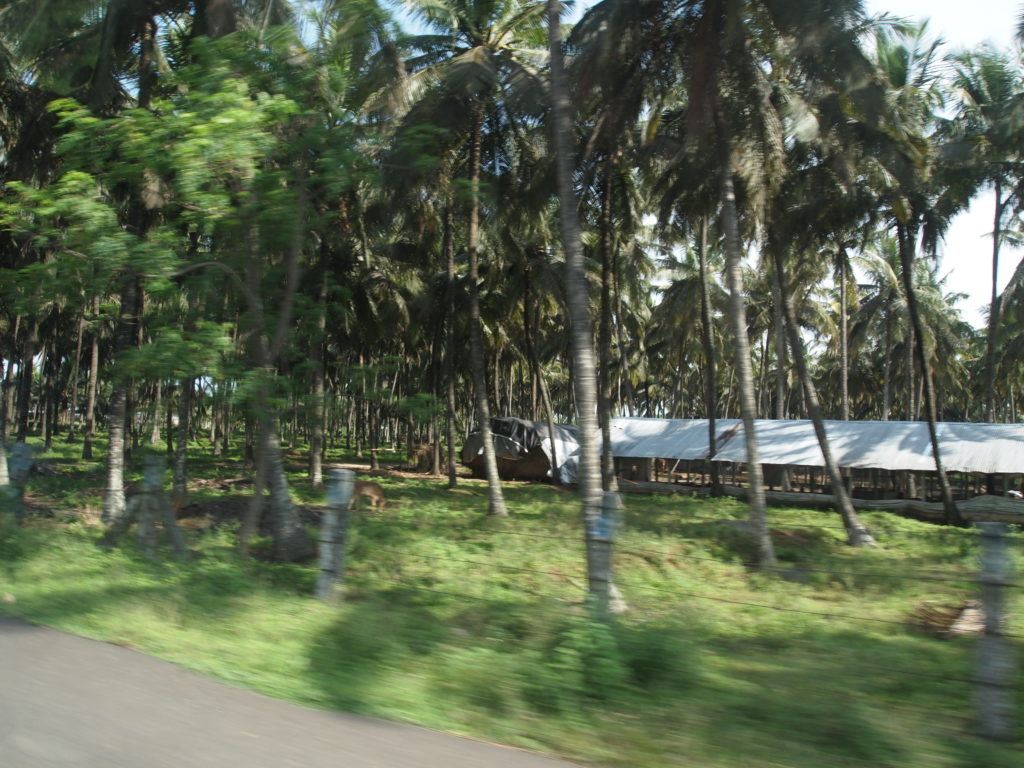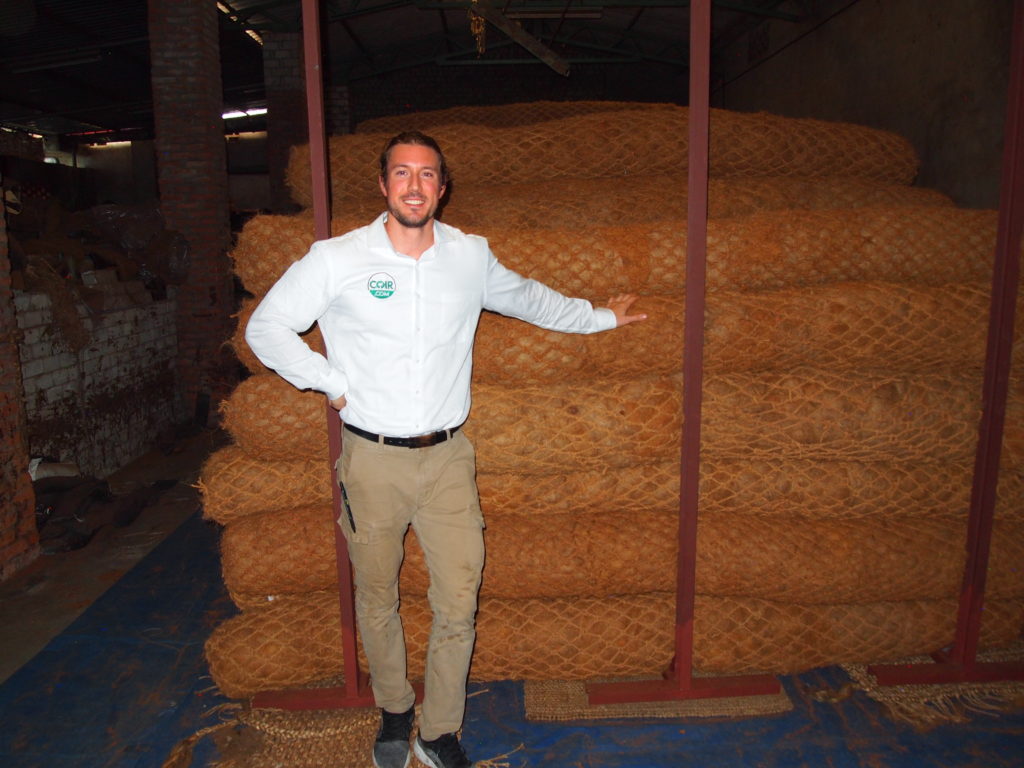
The coconut palm tree, referred to in some cultures as “The all giving tree,” has been in cultivation for millennia.
And throughout this long history, cultivators of coconut palms have made full use of its resources. This includes consuming and selling it’s fruit and processing the fibers surrounding the coconuts, otherwise known as coco coir, to use to make an assortment of functional products from this “golden fiber.”
Coir Around the World
Coconuts are said to have been first mentioned around the third century B.C. in the Ramayana period. In the first century A.D., a Greek sailor wrote about seeing coco fibers from an East-African village being used in the construction of a boat, done by sewing together boards with twine spun from coir fibers.
Mentions of coir definition have also been found from the 11th and 13th centuries A.D. These fibers were used as construction materials in place of nails in Sri Lanka, India, and the Persian Gulf. Explorer Marco Polo even reportedly called the coconut an Indian Nut.
Polynesian coir, referred to more often there as sennit, was again used as a construction material to sew together boats as well as buildings, weapons, and tools. Early Hawaiian settlers tied together their canoes using these coir fibers, otherwise called lashings.
Maritime explorers have a long history of using coir rope as cables and rigging on board their ships. In the mid-1800s, coir was also sold commercially in the United Kingdom, including for use in carpets and in fabric used in flooring products.

The History of Coir Processing
Throughout its history, coir has been hand-processed, first by climbing the palms to gather the coconuts and collecting them from off the ground. Palm climbers found that using a knife attached to a bamboo pole was most efficient, allowing them to gather fruit from up to 250 trees each day.
In 1894, coir was more desirable than the fruit of the coconut. A large percentage of coconuts were harvested before they were ripe enough to process coir. The ideal time to collect coir was said to be 10 months, at which time harvesters husked the coconuts and soaked them for one year to yield the coir, as removing the coir from the shell requires soaking (known as retting). Harvesters soaked coconut husks in either salt or fresh water, depending on what was available. Soaking in salt water produced stronger coir.
Results varied, but once the coir was processed further by rolling the fibers from between three to 10 nuts, depending on their size, the material was said to produce about 1 pound of yarn.
Industrialization brought about mechanical processing in 1950 and, in some areas, has led to modern-day husking machines that process about 200 coconuts per hour.

Coir “Logs” wrapped in Coir Rope Braid for Soil Erosion Mitigation
It is evident that coir is a multipurpose and valued product. Grown in nature and containing innate qualities that allow processing without harsh chemicals, its production has led to self-sufficiency without harsh ecological damage. This confirms that the coconut palm truly is a giving tree.
-The Coir.com Team